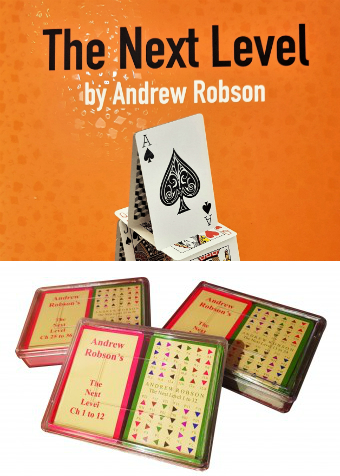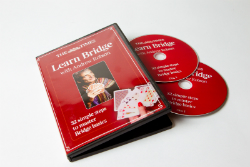
Book a Course
View all the latest courses going on at the bridge club and book yours now...Andrew:
Hand Evaluation - the power of ten
When Mr. Milton Work invented the point-count method, ace = 4, king = 3, queen = 2 and jack = 1, he did the ten no favours.
Contrast these two hands:
| Hand a) | Hand b) | |
|
♠ A 6 3 ♥ Q 7 ♦ Q 6 4 2 ♣ K J 7 4 |
♠ A 10 4 ♥ Q 10 ♦ Q 10 9 3 ♣ K J 10 9 |
Both contain the same shape and the same jacks, queens kings and aces to make up 12 points. But what a difference!
You would open 1NT with the first, but with huge trepidation. If partner raises to 2NT, a response that invites you to bid again – to go on to 3NT with an upper range hand and pass with a lower range hand – you couldn’t pass quick enough. You’ll probably not make 2NT, let alone 3NT.
The second is a completely different kettle of fish. Your hand is replete with tens – those minor-suit nines are pretty good too. You’d raise 2NT to 3NT quick as a flash, as your hand is worth (at least) 14 points. Examine the diamond suit and give partner, say ♦J5. ♦Q642 facing ♦J5 will probably generate no tricks at all; ♦Q1093 facing ♦J5 will generate two tricks: for sure. What a difference!
Milton really should have given the ten half a point (or perhaps 0.4) and the nine about a quarter (or perhaps 0.2), but that’d be way too complicated. However don’t forget how useful these intermediate cards can be.





